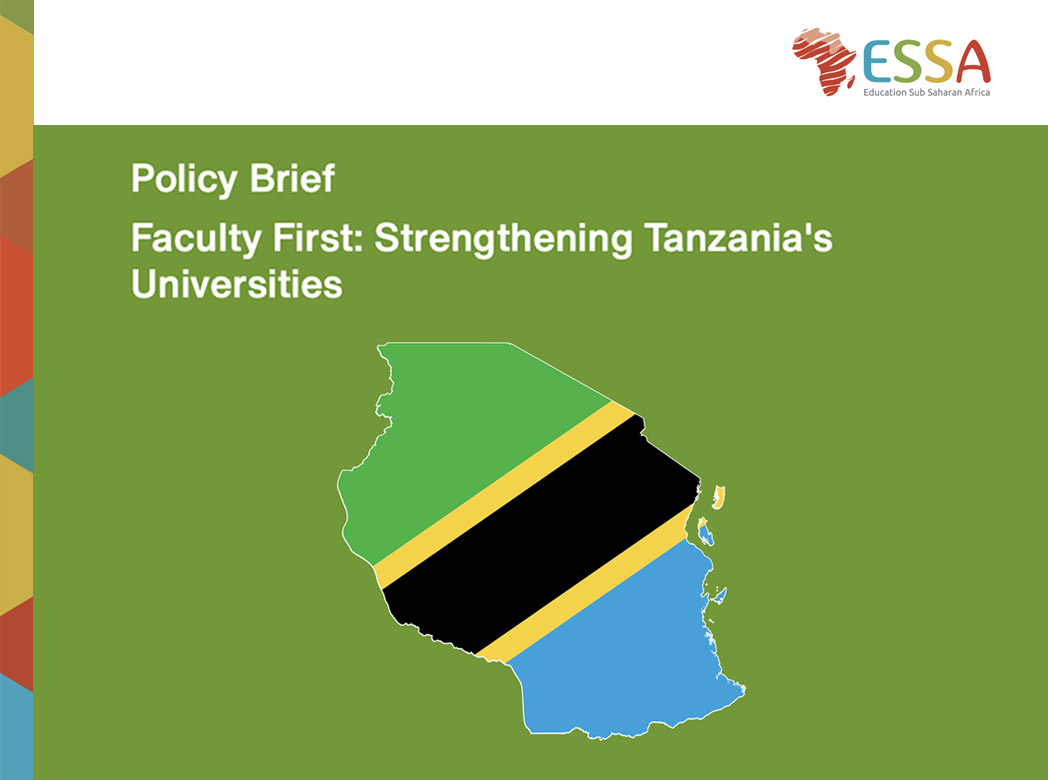Faculty First: Strengthening Tanzania's Universities

This policy brief provides a comprehensive assessment of faculty supply and demand and projects future needs through 2030.
It highlights critical gaps in student-teacher ratios (STRs), faculty gender disparities, and staffing norms in various disciplines. While the number of female students has increased, gender imbalance persists among faculty. The brief underscores the urgent need for policy reforms, better data management, and targeted investments to strengthen Tanzania’s higher education system.
Key findings include the need for an additional 11,600 faculty members by 2030 to meet STR goals, with 5,125 of them being female to achieve gender parity. The analysis also projects a 30% increase in student enrolment by 2030, driving the demand for over 33,000 new faculty members. Disparities in STRs across disciplines are significant, with arts and humanities requiring the most additional faculty.
Tanzania has achieved a commendable 2:1 faculty gender ratio, though there are still critical gaps to fill.
Download the brief to learn more
This Policy Brief is based on the Demographics of African Faculty in the East African Community (DAF-EAC) study that was conducted in South Sudan and five other EAC partner states, specifically Burundi, Kenya, Rwanda, Tanzania, and Uganda, between 2021 and 2023.